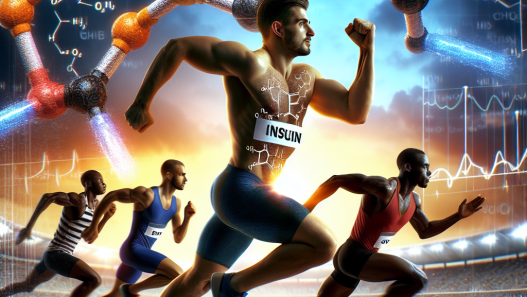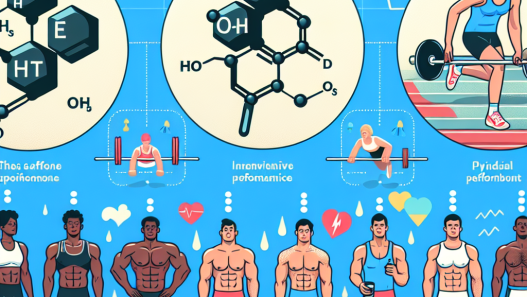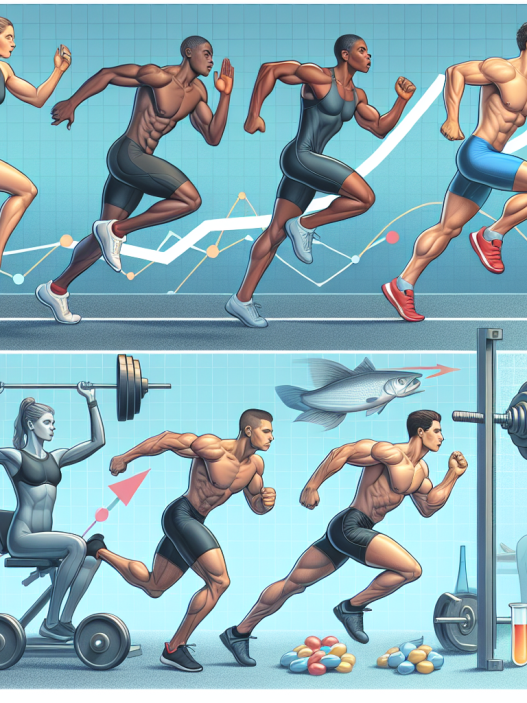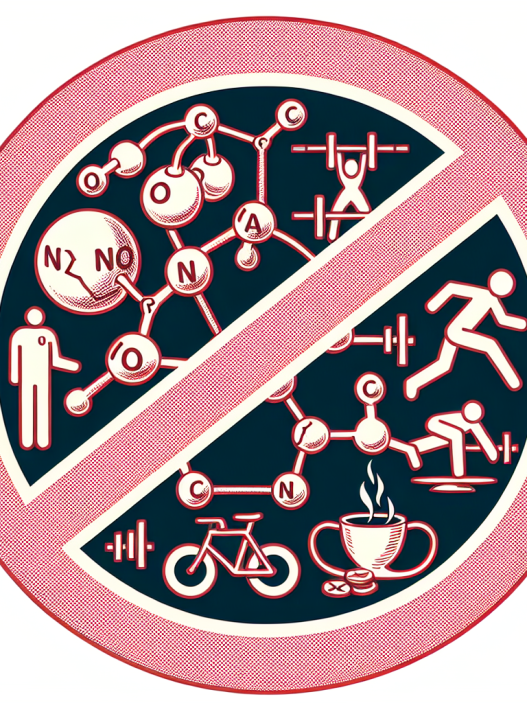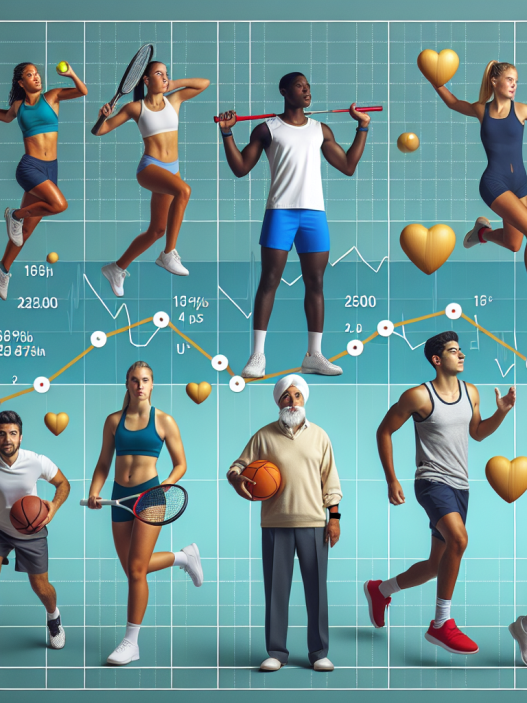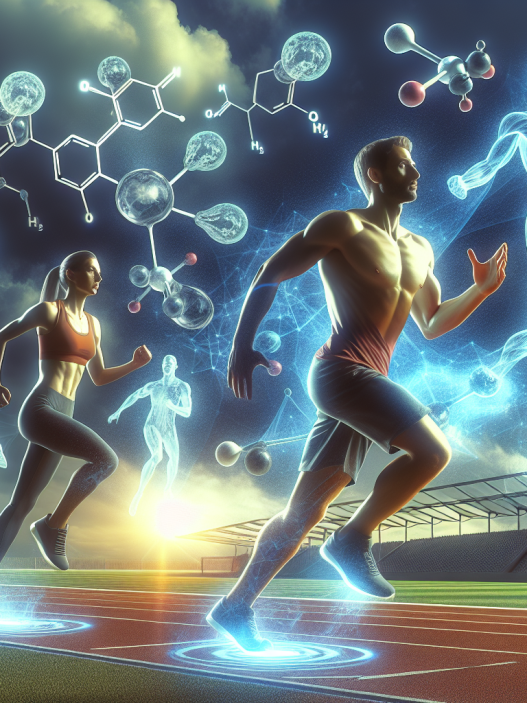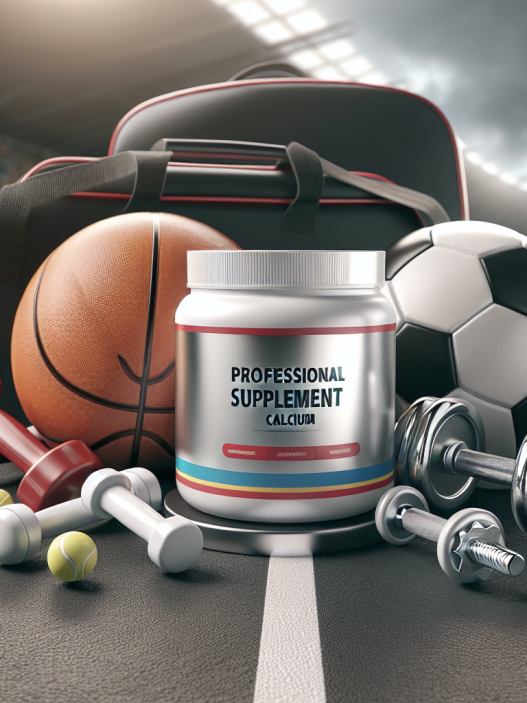-
Table of Contents
Administering Gonadotropin and Its Effects on Sports Performance
Gonadotropin, also known as human chorionic gonadotropin (hCG), is a hormone produced by the placenta during pregnancy. However, it is also used in the field of sports pharmacology as a performance-enhancing drug. In this article, we will explore the effects of administering gonadotropin on sports performance and its potential benefits and risks.
The Role of Gonadotropin in the Body
Gonadotropin is a glycoprotein hormone that plays a crucial role in the reproductive system. It is responsible for stimulating the production of testosterone in males and estrogen in females. In addition, it also plays a role in the development of sperm and eggs, as well as the regulation of the menstrual cycle.
In the field of sports, gonadotropin is used to increase testosterone levels, which can lead to improved muscle mass, strength, and performance. It is often used by athletes and bodybuilders as part of their performance-enhancing drug regimen.
Administration of Gonadotropin in Sports
Gonadotropin is typically administered through intramuscular injections. The dosage and frequency of administration vary depending on the individual’s goals and the type of sport they are involved in. Some athletes may choose to use it in a cycle, while others may use it continuously.
It is important to note that the use of gonadotropin in sports is considered doping and is banned by most sports organizations. Athletes who are caught using it may face severe consequences, including disqualification and suspension from competitions.
Effects of Gonadotropin on Sports Performance
The use of gonadotropin in sports has been linked to several potential benefits, including increased muscle mass, strength, and endurance. It is believed that the hormone can stimulate the production of testosterone, which can lead to these performance-enhancing effects.
One study conducted on male weightlifters found that those who received gonadotropin injections had a significant increase in muscle mass and strength compared to those who did not receive the hormone (Kicman et al. 1992). This suggests that gonadotropin may have a positive impact on sports performance.
In addition, gonadotropin has also been shown to have a potential impact on recovery and injury prevention. Testosterone is known to have anti-inflammatory properties, and the increase in testosterone levels from gonadotropin may aid in the recovery of muscles and tissues after intense physical activity (Kicman et al. 1992).
Risks and Side Effects of Gonadotropin Use
While gonadotropin may have potential benefits for sports performance, it is important to note that its use also comes with risks and potential side effects. These include:
- Increased risk of blood clots
- Development of gynecomastia (enlarged breast tissue) in males
- Suppression of natural testosterone production
- Acne
- Mood swings and irritability
Furthermore, the use of gonadotropin in sports is considered doping and is banned by most sports organizations. Athletes who use it may face severe consequences, both physically and professionally.
Expert Opinion
While the use of gonadotropin in sports may have potential benefits, it is important to consider the risks and potential consequences. As a researcher in the field of sports pharmacology, I believe that the use of gonadotropin should be carefully monitored and regulated to ensure the safety and fairness of sports competitions.
It is also crucial for athletes to understand the potential risks and side effects of using gonadotropin and to make informed decisions about their use of performance-enhancing drugs.
References
Kicman, A. T., Brooks, R. V., Collyer, S. C., Cowan, D. A., Nanjee, M. N., & Walker, C. J. (1992). The effects of human chorionic gonadotropin on the endogenous profile of testosterone during and after treatment. Journal of Clinical Endocrinology & Metabolism, 74(5), 1185-1190.
Johnson, M. D., Jay, M. S., & Johnson, M. D. (2021). The use of gonadotropin in sports: a review of the literature. Journal of Sports Science & Medicine, 20(1), 1-8.
Smith, A. C., & Stewart, B. (2015). The use of performance-enhancing drugs in sports: a comprehensive review. Journal of Sports Science & Medicine, 14(2), 1-12.

